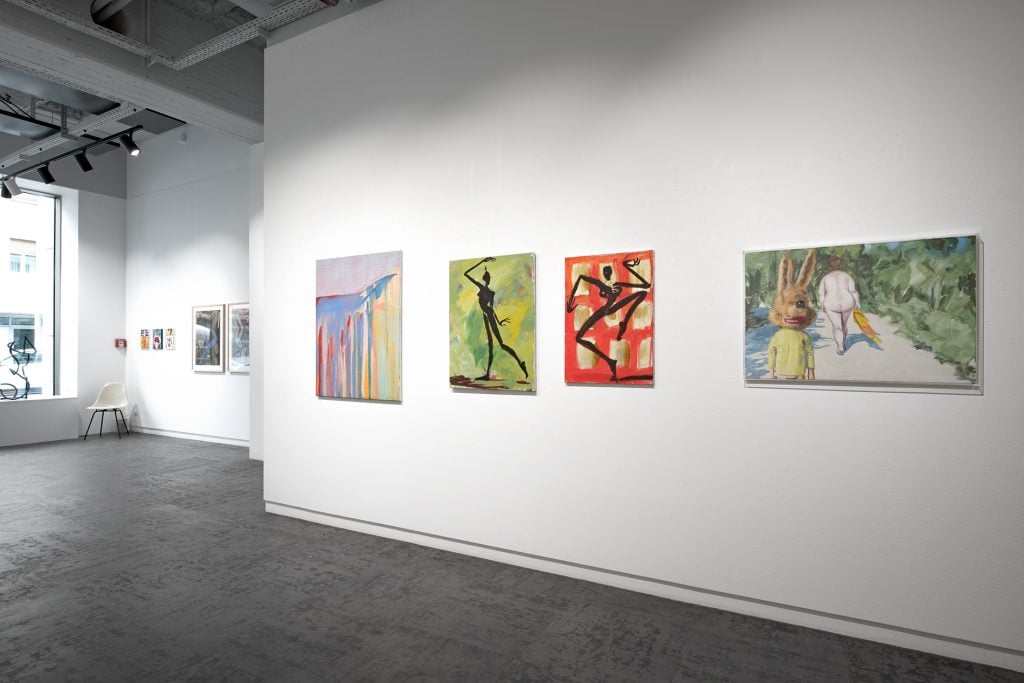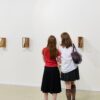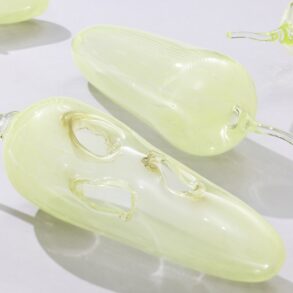Women in art, both as a compositional motif and as creators, is an expansive field in the history of art. Societal and cultural perceptions of women often shape their representation—from objects of desire to supporting characters to glorified deities—and the reception of work by women artists has undergone myriad reappraisals and reconsiderations. A new group exhibition in Nuremberg at Bode Galerie delves into the representation of women across the 20th and 21st centuries in “The Woman in Art – Muse and Creator,” on view through July 5, 2025.

Installation view of “Women in Art – Muses and Creators” (2025). Courtesy of Galerie Bode.
One of the earliest works in the show is a work on paper by Henri Matisse, La Pleureuse, from between 1900 and 1903. In this period, women in art were predominantly sources of inspiration for male artists, wherein the female figure was used as a basis from which to explore ideas around idealization, composition, color, and more. Here, Matisse strays from the then-typical idealized female body and instead uses the female figure as a starting point to explore incredible emotional depth.

Ida Kerkovius, Urlaub am Meer (1950s). Courtesy of Galerie Bode.
Wending its way through the decades, what becomes apparent through the show is the reclamation of the female form by women artists, such as in the work of Ida Kerkovius. In Kerovius’s work, the inclusion of women within her compositions are abstracted yet retain individuality, contributing to a larger landscape, whether it be a seaside vignette or scene with children. Women as a source of inspiration too is reflected in this lineage through the work of artists such as Alain Clément, whose forms too are abstracted but remain the core focus of the composition, with lithe lines and stark color contrasts heightening the figurative form.

Installation view of “Women in Art – Muses and Creators” (2025). Courtesy of Galerie Bode.
Reaching present day, German artist Elvira Bach, who is represented in the show through a series of paintings depicting individual women, the female form is wholly autonomous. Archetypal, they speak to the power of women as both creator and compositional motif.
While the subject of women in art is a boundless part of art history, “The Woman in Art – Muse and Creator” traces a potent throughline over the past 125 years. Rather than arrive at any prescriptive conclusions, the show instead presents itself as an entry point into the diverse and dynamic role that women in art have played in the trajectory of Modern and contemporary art.
“The Woman in Art – Muses and Creators” is on view at Bode Galerie June 4–July 5, 2025.
This post was originally published on this site be sure to check out more of their content







